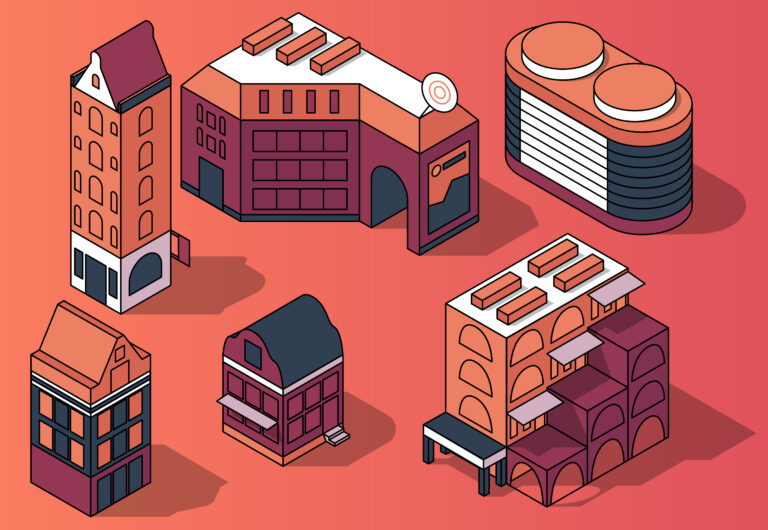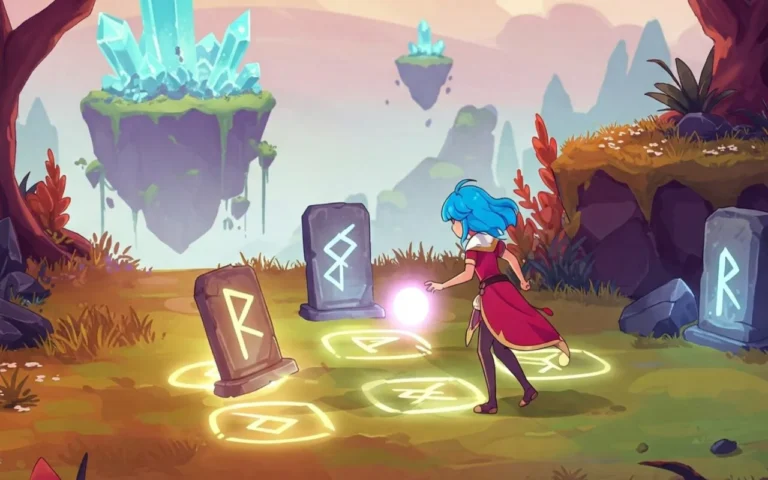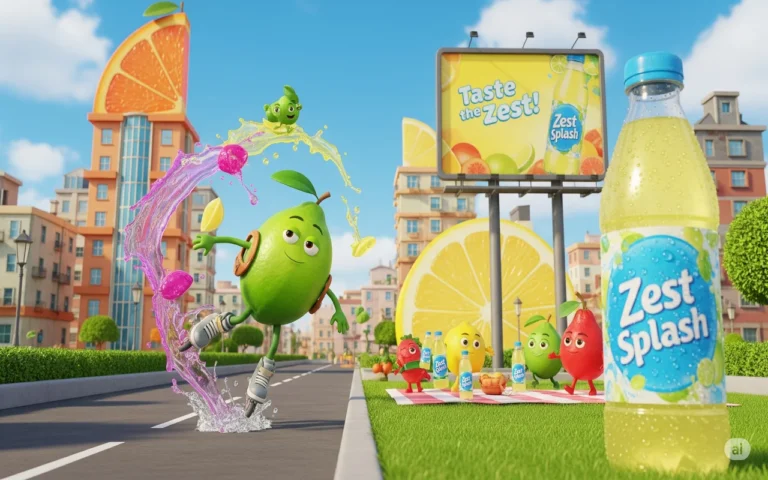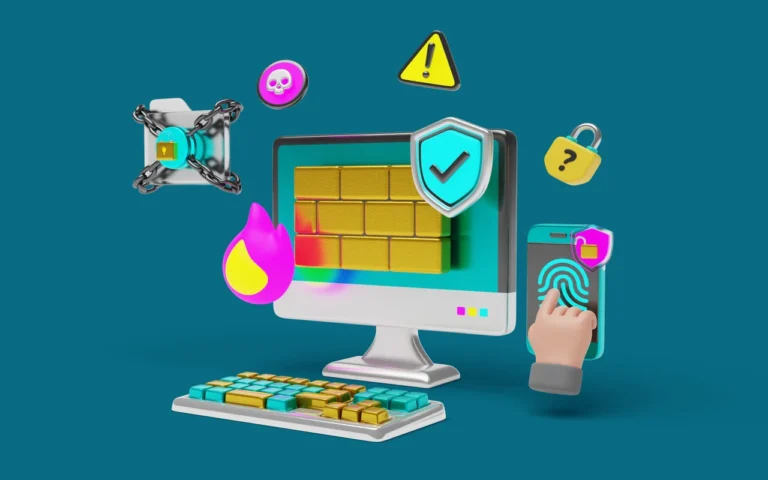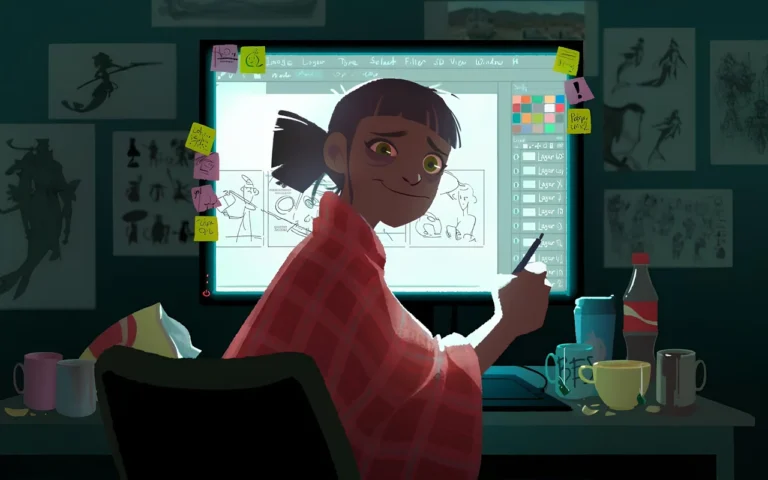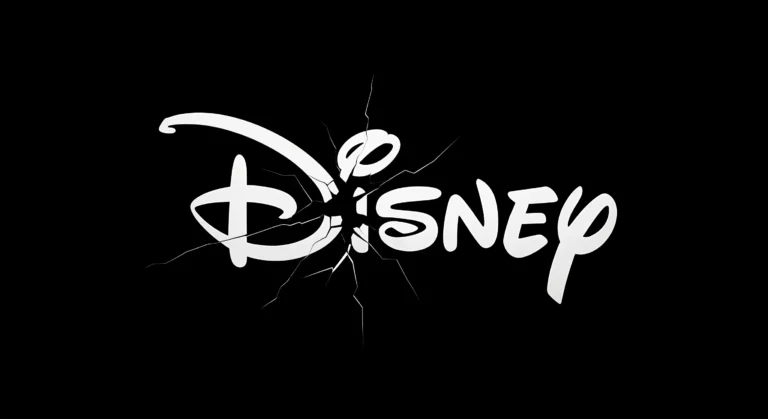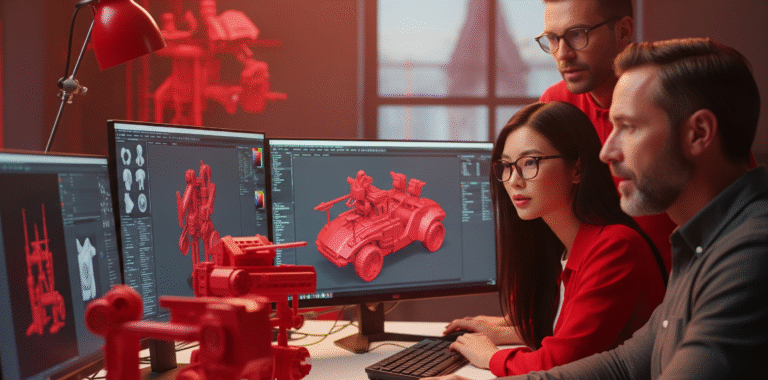Brand mascots are one of the most powerful tools in marketing. They are designed to help customers connect with the brand on a more personal level and also give a face to the company and brand. These characters have the ability to stick in the mind and remind of the brand. Creating a brand mascot is not just designing a cute character; it’s about crafting a personality that represents your brand. Whether you’re a small startup or an established company looking for a refresh, brand mascots can bring you to the next level.
In this article, we will explore the steps to create a compelling brand mascot that not only looks good but also tells your brand’s story effectively.

Need Animation Services?
Visit our Animation Service page to see how we can help bring your ideas to life!
How to Create a Compelling Brand Mascot?
Here are 7 steps to go through and have a great brand mascot design for your marketing improvement.
- Understanding Your Brand
- Conceptualizing Your Mascot
- Design Elements
- Developing the Mascot’s Personality
- Testing and Refining
- Implementing Your Brand Mascot
- Evolving Your Mascot Over Time
Now, let’s dive into each step:
Understanding Your Brand
First of all, you have to know your brand in detail. What is your brand mission, what is your vision, what services do you provide and how they can help customers, who are you, and what is your brand’s essence. You should look for an answer to all questions, for example, if your brand were a person, how would you describe its personality and characteristics.
Then, it’s essential to create a mood board as a visual representation for your brand, including colors, words, mottos, images, and whatever else is related to your brand.
Don’t forget to analyze your competitors. How do they present themselves? Your mascot should set you apart, not blend in with the crowd.
Lastly, ask your customers for ideas and survey them. Their insights and opinions about your brand can bring light to your mind and guide you to create a unique mascot.
Conceptualizing Your Mascot
Before creating concepts for your mascot, consider different types of mascots and choose your beloved one:
- Anthropomorphic objects (like the Michelin Man)
- Animals (like Tony the Tiger)
- Human characters (like Ronald McDonald)
- Abstract or symbolic designs (like the Twitter bird)
Think about your industry too. If you’re a tech company, maybe your mascot is a friendly robot. If you’re in food, perhaps it’s a chef or a beloved ingredient.
In this stage, you can consult and ask a character design studio to create multiple sketches and concepts for your brand. Don’t be afraid to get quirky. Some of the most memorable mascots are unexpected choices.
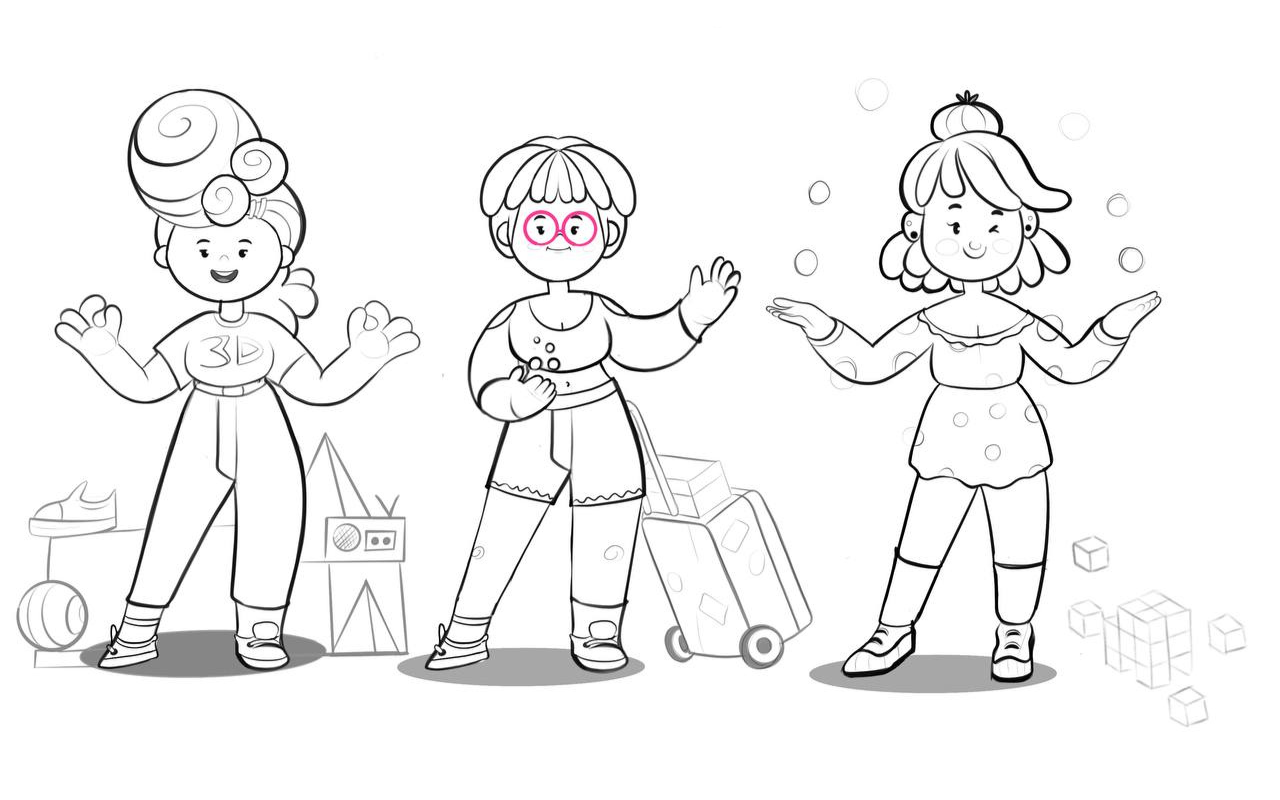
Design Elements
Think about how the McDonald’s arches or the Nike swoosh are identifiable even without details. Here are important principles in element design:
Silhouette
Creating a recognizable silhouette while designing a mascot is essential. You should consider how your mascot will look in different poses and expressions and also how it will convey a range of emotions while still being recognizable.
Color
Color theory and how it applies to your brand is crucial. You should also pay attention to how your brand will look in different colors like black and white, or against different backgrounds. The design should also be appropriate in different contexts, including social media profile pictures, website headers, product packaging, and even as a costume for live events. A good brand mascot design works everywhere.
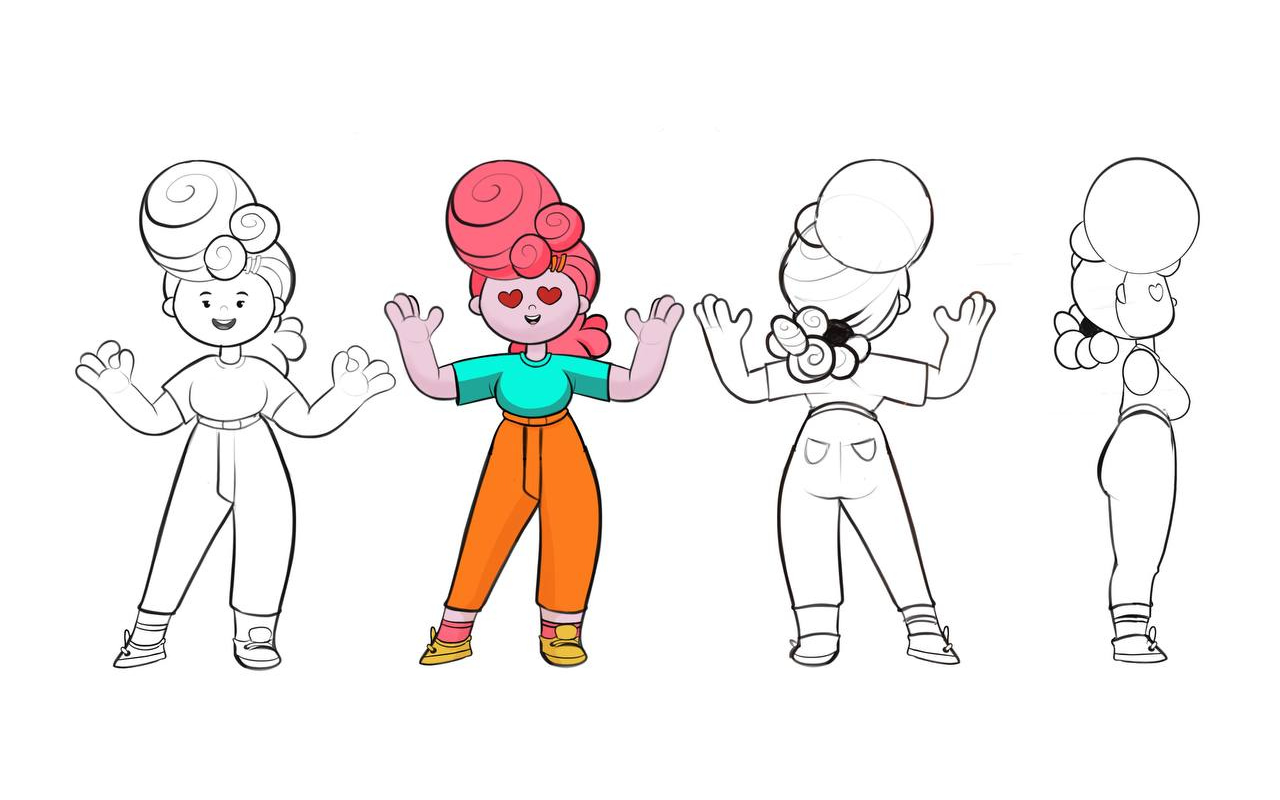
Developing the Mascot's Personality
Go beyond basic traits when developing your mascot’s personality. What’s its favorite food? Does it have any quirks or habits? The more detailed you get, the more authentic your mascot will feel.
Develop a style guide for how your mascot should be portrayed in different situations. This ensures consistency across all your marketing materials, no matter who’s creating them.
Create a “day in the life” for your mascot. How does it interact with your products or services? This exercise can give you ideas for future marketing campaigns.
Consider giving your mascot a catchphrase or signature gesture.
Remember, your mascot is an extension of your brand. Its personality should complement, not overshadow, your brand’s core message and values.
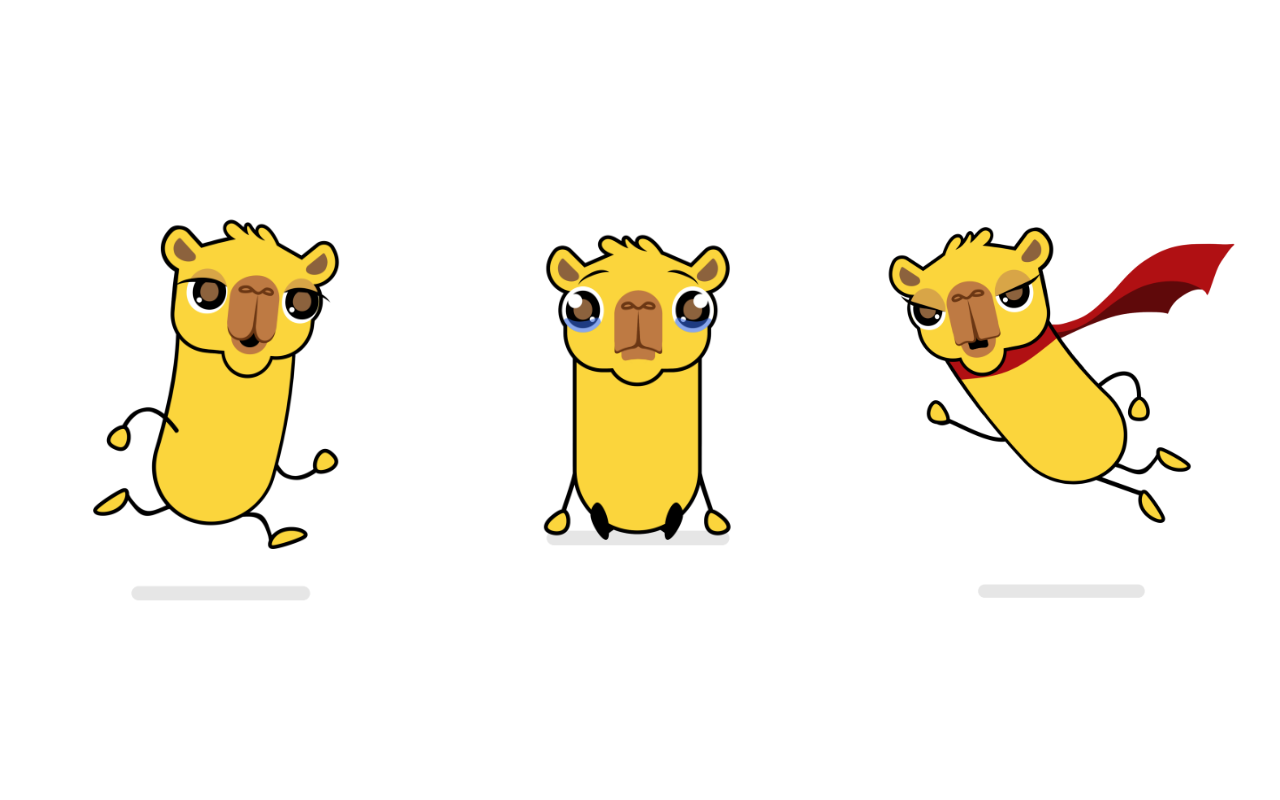
Testing and Refining
In the concept art process, once you have a solid concept and design for your mascot, it’s time to put it to the test. Don’t just rely on your own opinion or that of your team – get feedback from your target audience.
Create several variations of your mascot and show them to a focus group. Ask questions like:
- Which version do you find most appealing?
- What personality traits do you associate with this character?
- Does this mascot make you more or less likely to engage with our brand?
Consider running A/B tests on your website or social media. Use different versions of your mascot and see which one gets better engagement.
Be open to feedback and willing to make changes. Your initial concepts might need tweaking, or you might discover that a completely different direction resonates better with your audience.
Implementing Your Brand Mascot
Once you’ve finalized your mascot, it’s time to introduce it to the world. Start by updating your visual branding across all platforms – your website, social media profiles, and marketing materials.
Create a rollout plan. You might want to tease your new mascot before a big reveal. This can build anticipation and get people talking about your brand.
Think about how your mascot can be used in different types of content:
- As a narrator in your explainer videos
- In infographics to point out important information
- As a chat icon for customer service interactions
- On merchandise for loyal customers
Don’t forget about offline opportunities. If appropriate for your brand, consider creating a costume version of your mascot for events or store openings.
Evolving Your Mascot Over Time
Even the best mascots need to evolve to stay relevant. Look at how characters like Mickey Mouse or the Michelin Man have changed over the decades while maintaining their core identity.
Keep an eye on cultural trends and shifts in your target audience. Your mascot might need updates to its appearance or personality to stay in tune with these changes.
However, be cautious about drastic changes. Your mascot should evolve gradually to maintain recognition and emotional connection with your audience.
Consider creating seasonal variations of your mascot for holidays or special promotions. This keeps things fresh while maintaining consistency.
Case Studies: Successful Brand Mascots
To illustrate these principles in action, let’s look at a couple of successful brand mascots:
Tony the Tiger (Kellogg's Frosted Flakes):
- Simple, memorable design with distinctive stripes and bandana
- Consistent personality: energetic, positive, encouraging
- Iconic catchphrase: “They’re Great!”
- Has evolved subtly over time while maintaining core identity
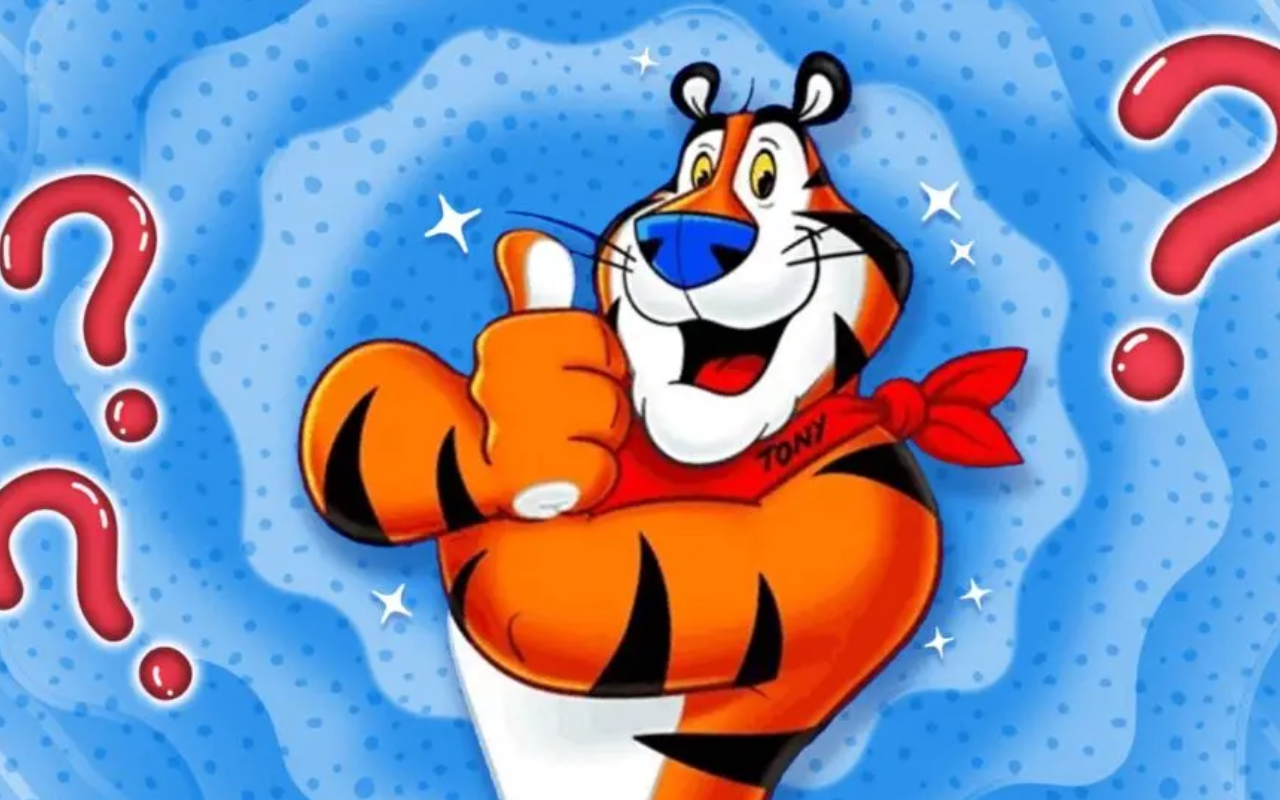
Michelin Man (Michelin):
- Unusual concept: a man made of tires
- Represents the brand’s product in a literal but creative way
- Has evolved from a more rugged look to a friendlier, more approachable design
- Used effectively across various media and marketing campaigns
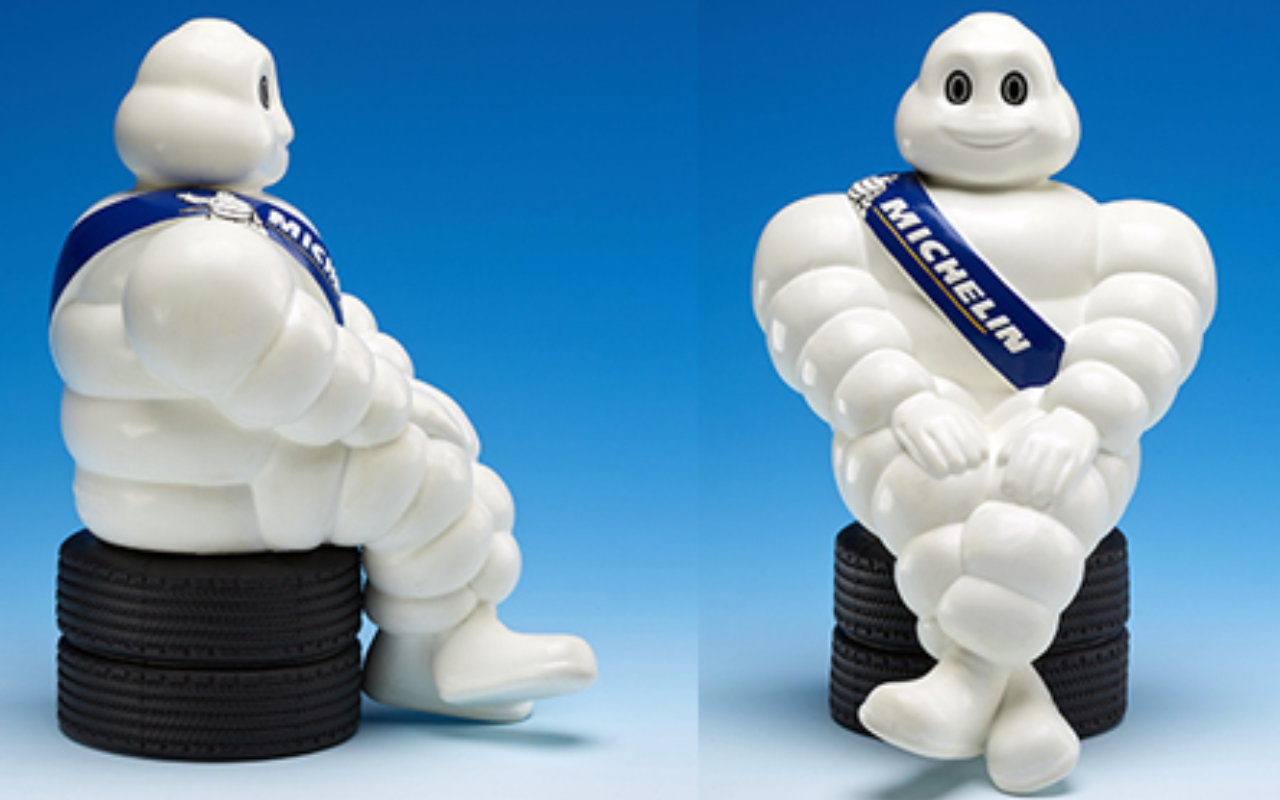
Pixy (Pixune Studios):
- Unique, eye-catching design with vibrant swirled hairstyle
- Friendly, approachable facial expression
- Adaptable to various marketing contexts and media
- Modern, polished look suitable for digital platforms
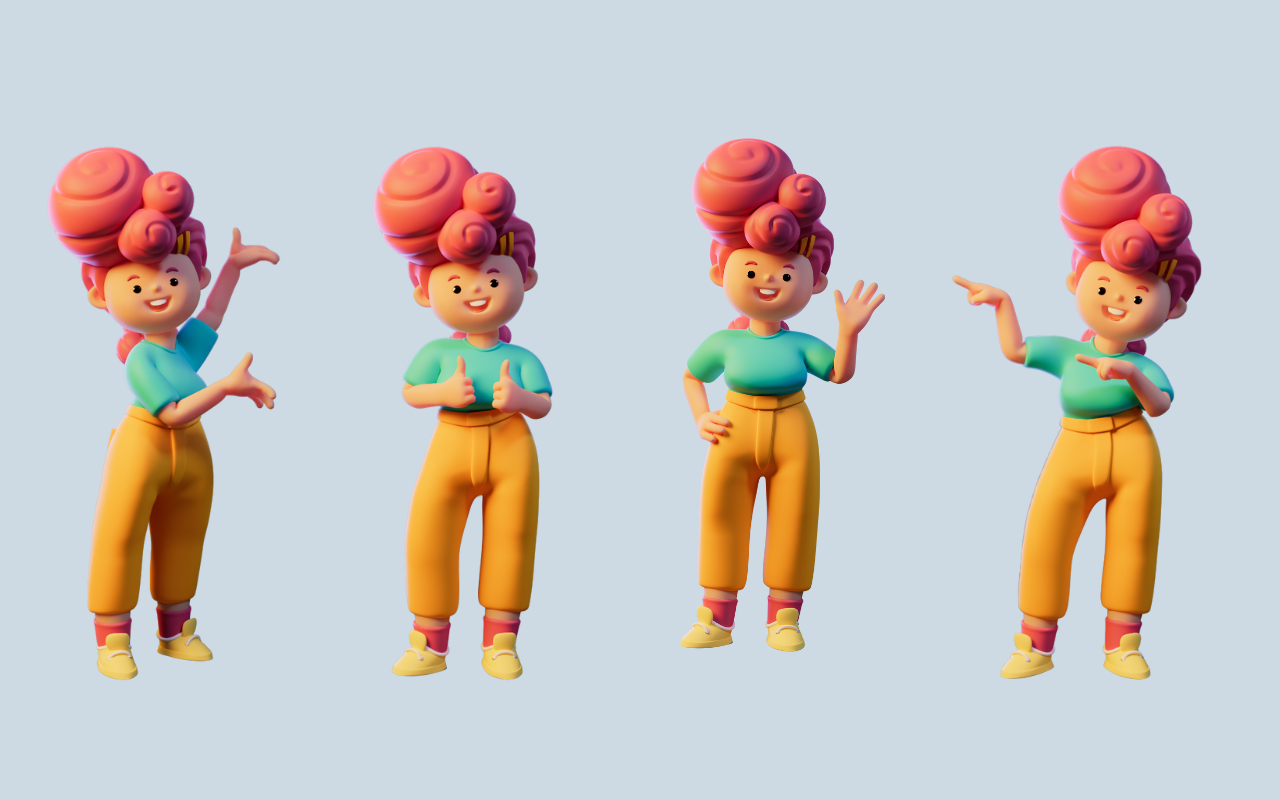
Conclusion
Creating a compelling brand mascot is both an art and a science. It requires a deep understanding of your brand, creativity in design, and strategic implementation. Remember, your mascot is more than just a cute character – it’s a powerful tool for building brand recognition and emotional connections with your audience.
Take the time to develop a mascot that truly represents your brand and resonates with your customers. With careful planning and execution, your mascot can become an invaluable asset, driving engagement and loyalty for years to come.
